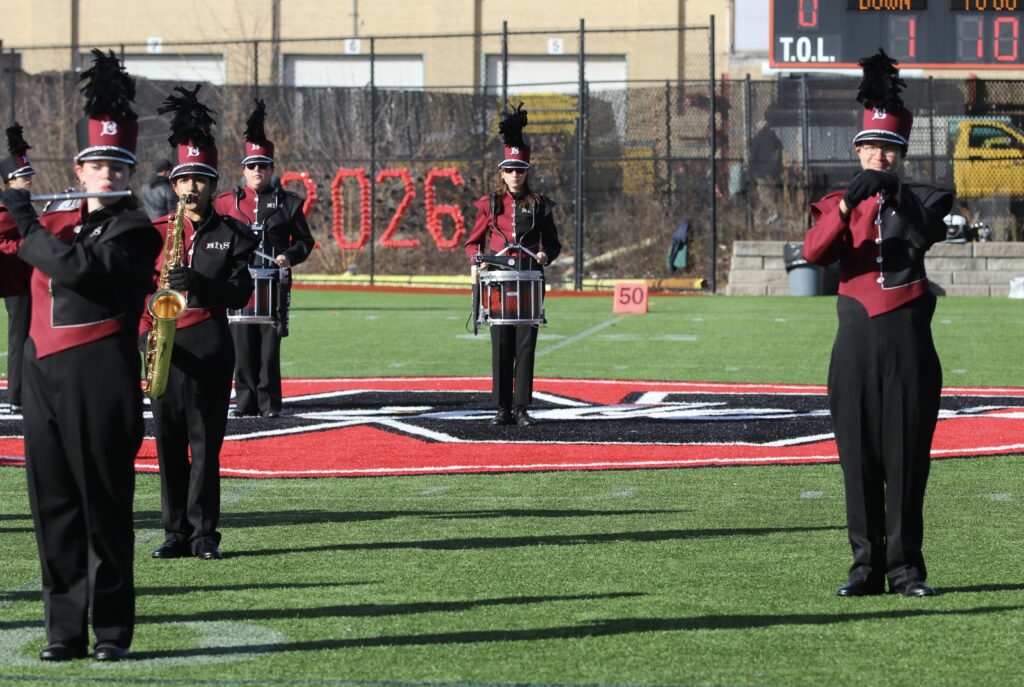Photo: Elizabeth Dionne
Following in the footsteps of her fellow Republican and Belmontian, Mitt Romney, Select Board member Elizabeth Dionne will be seeking to win statewide office in next year’s Massachusetts general election.
In what was becoming a not-so-surprising announcement made Tuesday, Dec. 9, Dionne is challenging incumbent Democratic State Treasurer Deb Goldberg, who many political pundits view as the most vulnerable officeholder on the state ballot in 2026.
In a statement released by Dionne on Tuesday, she said “[l]ike so many other residents of Massachusetts, I have had enough of the corruption, cronyism, and chaos happening in the treasurer’s office. It is time for a change. I will not be the treasurer for the insiders or special interest groups. I will be the taxpayers’ treasurer who answers to the people of Massachusetts.”
Goldberg has encountered controversy with her handling of the state’s Cannabis Control Commission and the 2024 firing of its Chair Shannon O’Brien, who was returned in September of this year to that post by a Suffolk County Superior Court judge.
Dionne also introduced a slogan – “The Taxpayers’ Treasurer” – a campaign website, VoteDionne.com, and a blue and green logo (see below.)

While having a limited experience with elected office – the Wellesley Road resident ran unopposed for the Select Board in 2023 and won election to the Belmont Town Meeting – Dionne has a formidable CV: graduating from Wellesley (BA Political Science), Cambridge (M.Phil., Political Theory), and Stanford Law, she worked at Goodwin Procter and taught constitutional law and political science at Wellesley and Boston College. And politics is in her blood as the daughter of John Harmer, who served in the California State Senate from 1966 to 1974 and for three months was Ronald Reagan’s last lieutenant governor.
Dionne told the Belmontonian she anticipates to run as a “Charlie Baker Republician” referring to the successful two-term Bay State governor whose policies and style led to a 74 percent approval rating according to a 2018 WBUR/MassINC poll, making him the most popular governor in the United States.
As a member of the Belmont Select Board, Dionne pushed the board to emphasize economic expansion with “[a] focus on long-term planning for Belmont’s financial health and infrastructure” she said in October when she announced that she would not seek re-election to the board.
Dionne championed revamping the zoning bylaws to promote a “friendlier” environment for businesses and developers by promoting commercial investment, the passage of the MBTA Communities Act by Town Meeting, and the current effort to pass overlay districts in Belmont Center and along Concord Avenue to spur a mix of retail and residential developments, and allow a hotel along Concord Avenue.





